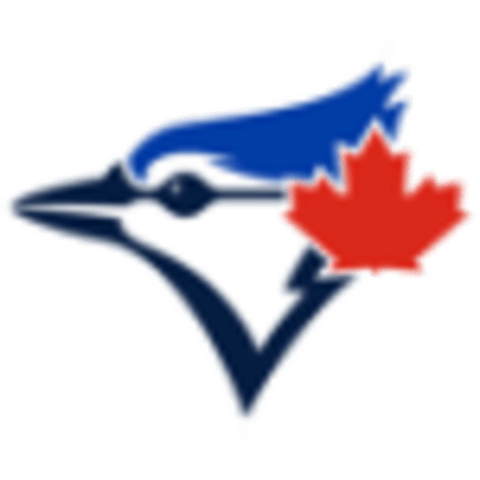Toronto Blue Jays 2020 Draft: Part I – The Strategy

The announced changes to the 2020 Rule 4 (first year amateur) draft will affect all MLB teams. How will they impact the Blue Jays’ drafting strategy?
This is the first in a three-part series about the Blue Jays and the upcoming June (July? August?) First-Year Player draft. Parts II (the Mocks) and III (the Dark Horses) will be published over the next few days.
I usually wait until some time closer to the draft to write these articles, but (a) there is not a lot of new information these days, so things are unlikely to change dramatically and (b) with all the news about possible season cancellations and Tommy John surgeries, I could really use a positive article or six.
Any draft entails considerable strategic thinking. As an overly verbose writer once put it:
There are the usual questions that apply to every draft. Should the team draft for positions of need, or be position-blind and just choose the “best player”? Expressed differently, should the Jays (for example) eschew catchers if they believe their system to be strong in that position? How much weight should they place on injuries? On signability? On general athleticism? On “baseball smarts”? On work ethic?
But the 2020 draft will take the drafting game to a new level of difficulty. First, the lack of a spring season for high school and college players means that teams will have to make decisions largely on 2019 and prior results. This could be particularly detrimental to the Jays, who have been successful in recent years in drafting “helium” players – that is, players whose stock has risen significantly in the few months before the draft. Think Alek Manoah in 2019, or Jordan Groshans in 2018, or Nate Pearson in 2017. In each case, six months before the draft they were not expected to be selected where they ultimately were, but they had outstanding spring performances that convinced the Jays to take a chance. Without that late information, it will be hard for Toronto to find similar “steals” in 2020.

Toronto Blue Jays
And second, the recent agreement between the MLB and the MLBPA regarding the draft will change the drafting game. The 2020 draft will only be between five and ten rounds, unlike the forty rounds in prior years. This will potentially make it much more difficult for the Jays to sacrifice certain rounds – signing players for a minimal amount such as $5,000 – to save money to allow overpaying players taken in other rounds. The Jays used this strategy in 2019 (sacrificing rounds 7 and 8) and in 2018 (rounds 5, 9 and 10). If there are only five rounds in 2020, such a sacrifice will be much more difficult.
One thing that might work to the Jays’ advantage is the rule that establishes a $20,000 signing bonus cap for players not drafted in those first 5-10 rounds. With that cap, price competition for talent will be minimal. So players will choose the organization with whom they sign based on other factors – like which teams are projected to be World Series contenders in 2024, when these young players will (hopefully!) be in the majors. Or which team was the first to unilaterally increase the paycheques of their minor league players. Or which team has had their farm system ranked in the top 10 in baseball for three years running, despite numerous promotions to the big league team.
The Jays have another potential advantage, in that they already have a strong farm system. This gives them the luxury of gambling on players with high ceilings but low floors, rather than being forced to take lower-risk players out of immediate need. The lack of current information on players will likely result in an above-average number of players like Alek Manoah was going into his 2019 college season. Remember Alek? In 2018, he had a 4.00 ERA, a 4.67 BB/9 and a 10.0 K/9 at WVU and he was not considered first round material. Coming into 2019, the keys to his future success were said to be pitching late into games and improving his control. It took a 2.18 BB/9 and an average of seven innings per start over his first 13 starts in the spring to elevate him to an early first-rounder. But without those 13 games, it is very unclear where he would have been drafted.
Next. All kinds of updates with proposed roster rules. dark
The bottom line
The 2020 draft will be a challenge for all teams. The Jays will be unable to use some of the techniques that have worked so well for them over the last couple of years – at least, not to the same advantage. But with new rules come the potential for new strategies. Whether these new rules present obstacles or opportunities will be up to the Jays.